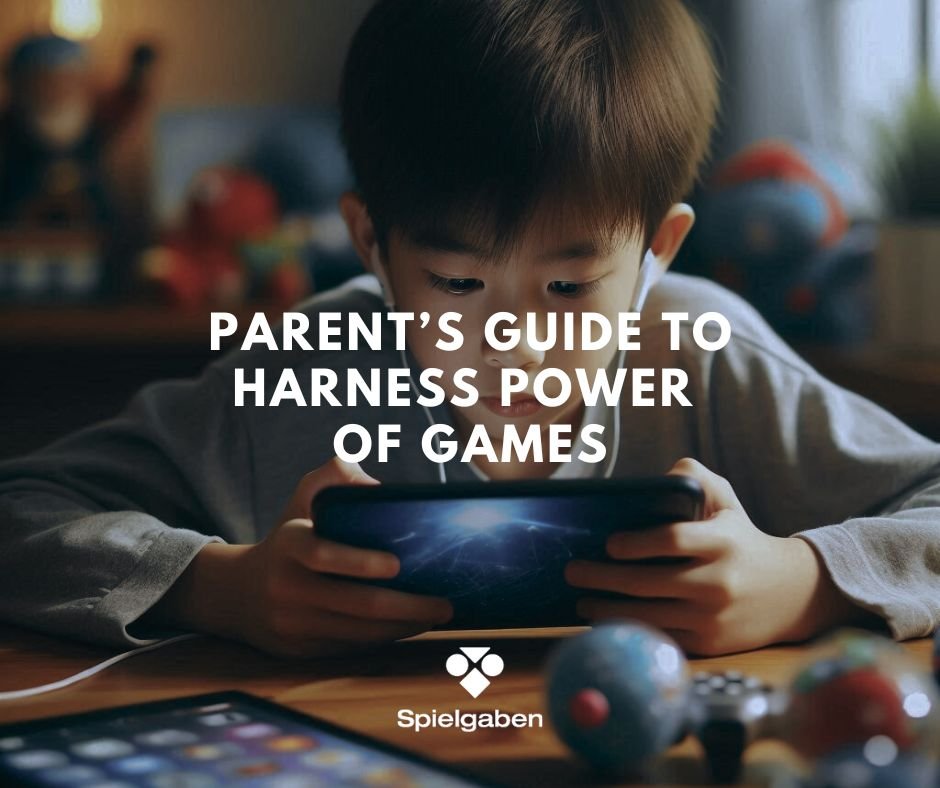Harnessing the Power of Mobile Games for Your Children: A Parent’s Guide
Mobile games can either be a positive influence or a negative distraction for children – it all depends on how they’re played. As parents, it’s crucial to navigate this digital landscape wisely, ensuring that your children reap the benefits avoiding the pitfalls.
We’ve all seen it happen. A simple game installed on a phone can quickly turn into an all-consuming activity. Whether it’s Candy Crush, Clash of Clans, Two Dots, these games often get labeled as time-wasters. However, this view is an oversimplification. With the right approach, mobile games can indeed offer significant benefits.
Jane McGonigal, an author and game developer, outlines that the key lies in how the games are played. Playing in brief spurts and making meaningful connections between the game and reality can improve mental well-being. For instance, certain games can reduce stress and anxiety if played occasionally for about ten minutes.
On the flip side, excessive immersion can lead to escapism, where the game becomes a tool to avoid real-life problems, often exacerbating those issues. Therefore, it’s essential to guide your children in choosing their games wisely and playing them in moderation.
So, what can parents do to mitigate the weaknesses of mobile gaming and make the most of its potential benefits for their children?
1. Set Time Limits: Encourage your children to play mobile games in short, controlled bursts. Set specific time slots for gaming to ensure it doesn’t interfere with homework, chores, or family time.
2. Choose Educational Games: Introduce your children to games with educational value. For example, Minecraft can be an excellent tool for learning. Joel Levin, a computer teacher, noticed how his four-year-old daughter learned to spell her first word through Minecraft. He later developed MinecraftEdu, which now helps students in over 7,000 classrooms across 40 countries learn subjects like math, history, and social studies.
3. Monitor Content and Context: Pay attention to the games your children play and how they interact with them. Ensure that the games are age-appropriate and encourage positive behaviors. Discuss the games with your children and relate them to real-world concepts and lessons.
4. Encourage Balance: Promote a balanced lifestyle where gaming is just one of many activities. Encourage your children to engage in physical hands-on games, physical activities, reading, and social interactions alongside their gaming sessions.
5. Model Healthy Gaming Habits: Children often mimic their parents’ behaviors. Show them a healthy balance by limiting your own screen time and engaging in various offline activities.
When approached correctly, mobile games have the potential to offer many of good.
By teaching and modeling healthy digital behavior, you can help your children develop a balanced relationship with technology. Remember, the goal is not to ban games entirely but to use them as a tool for learning and development while maintaining a healthy lifestyle by balancing between physical and digital activities.













LEAVE A COMMENT